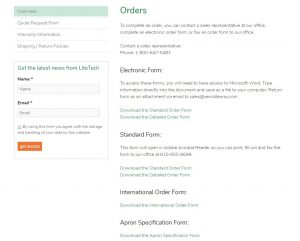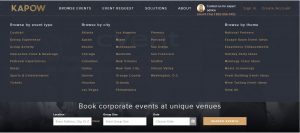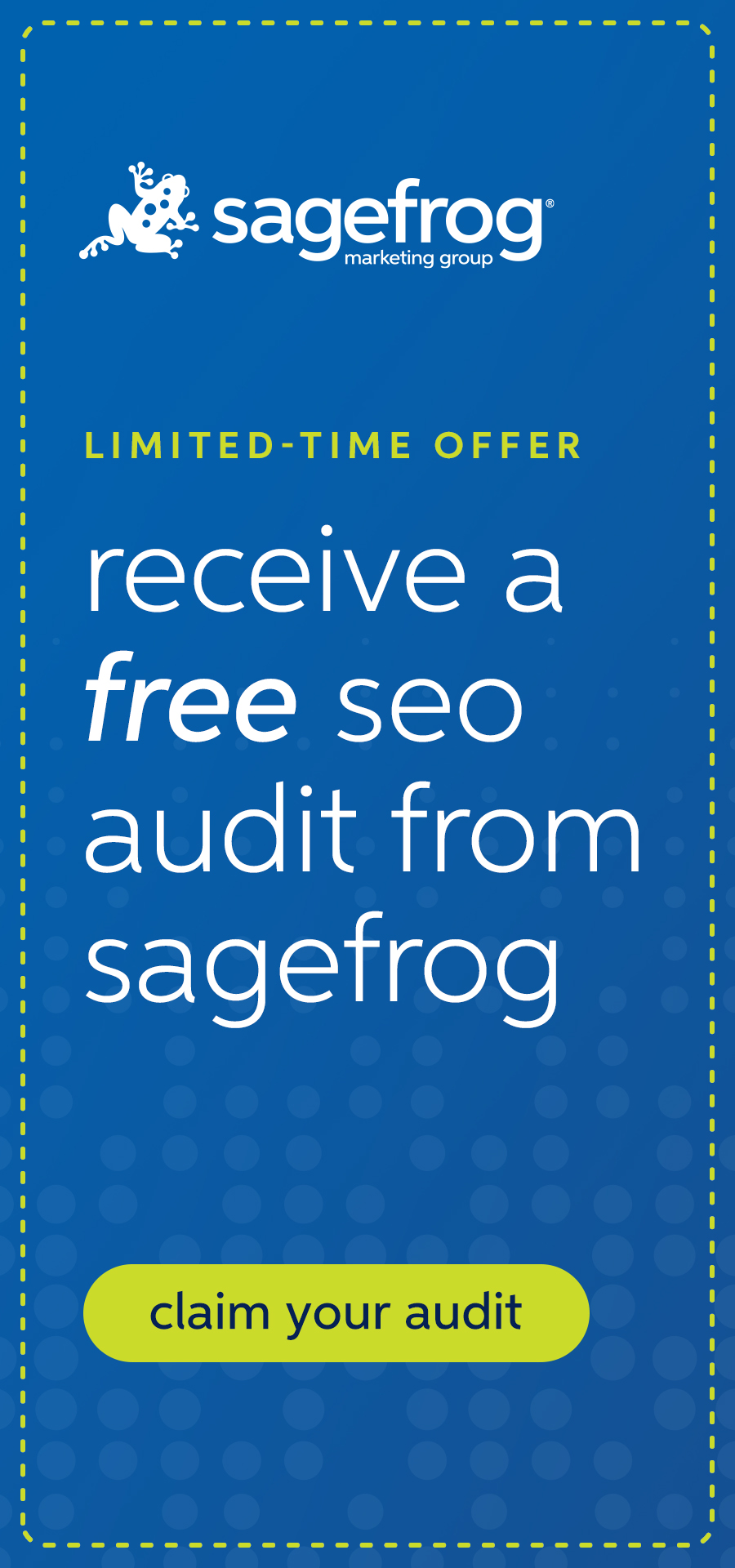Most modern businesses, whether B2B or B2C, have an additional storefront that requires the utmost attention and care: their website. This new digital storefront is visible and accessible 24/7 from any computer in the world. In the same way that presentation, organization and service can make or break sales in a physical store, they also impact the success of your B2B sales online. B2B is fast becoming more like the seamless, convenient B2C eCommerce experience that so many of us are used to, and it’s time to update our digital storefronts to reflect that.
B2B eCommerce sales are expected to reach $6.6 trillion by 20201, so, in the spirit of creating amazing digital stores, let’s take a look at what some B2B companies do right.
1. Mixing Online Exclusives with Electronic Ordering
The demands and nuances of selling your B2B product or service might make it hard to complete every transaction fully online. The best way to join the world of eCommerce when this is the case is to:
- Have an “online boutique” or “online exclusive” section where prospects or customers can browse and easily complete purchases online through cards, PayPal or eCheck
- Have a customer portal where existing customers can make simple changes to subscriptions, standing orders or accounts as well as changes to delivery schedules or submit requests
Regardless of which products and services can be fully purchased online, your full inventory should be viewable online. Successful eCommerce sites have full descriptions of products so customers know what their options are.
It’s important to explain in detail how customers can place orders if they can’t purchase the specific product they want right there on your site. Every product that requires a phone call or email to your sales team to order should have a contact number, email or link to your contact page in the item description. If a purchase can’t be completed online, provide ways for the prospect to at least begin their transaction online through actions like requesting a quote or consultation, filling out an order form or finding the means to get in touch.
One website that does a great job of showcasing products that can be sold online and products that need to be ordered through the company sales team is XENOLITE by Lite Tech, Inc. The XENOLITE website sells x-ray protection products for hospital staff, including innovative lead-free options. Their website intelligently sells its online-available products as “online exclusives” promoted in a banner at the top of each page that also makes sure the prospect knows their shipping restrictions.
Additionally, XENOLITE’s full array of products is present on their website, and if a customer has picked out a product that has to be ordered via email or phone call, they can use the number or email address listed in the product description or go to the convenient “Orders” page to download order forms that can be submitted via email or fax, making it easy and seamless to submit even more nuanced orders to XENOLITE.
2. Providing Downloadable Catalogs
B2B purchase decisions that require any significant investment are being made by a company, not an individual. Prospects browsing your website for the first time may need approval of the expense, style or number of products they order. They need an easy, reliable way to show your products to their teammates and supervisors for approval, and that’s where a downloadable catalog can be a useful tool.
This is one of the key areas where B2B selling differs from B2C. Because B2C purchases are being made by individuals, there’s no need for an online catalog for prospects to browse.
Your downloadable catalog is also another opportunity for you to create something that emphasizes your company’s culture, values and voice with its images and copy.
3. Offering Opportunities for Sharing
In the same vein as the downloadable catalog, a B2B company should make it easy to share their product and service descriptions and information so that multiple staff members can browse and collaborate on what they want to order. Have a “share” button with options to share via standard messaging apps as well as apps commonly used for a business like Slack or Zoom, and of course an option to easily copy shareable links to product pages so they can be shared via any other means.
4. Including Compelling Visuals & Navigation
User experience (UX) is a crucial part of eCommerce. Companies like Kapow, which helps companies book corporate events at unique venues, know that making your products or services look personal, beautiful and useful is the best way to create a positive UX. One important note from Kapow’s website is that since they’re all about booking corporate event experiences that bring people together, many of their pictures include happy groups of people at these unique venues and corporate experiences.
Pictures that include people are part of adding the personal touch that B2B sites need and bring your products and services to life.
You wouldn’t set up a store without aisle numbers and customer service representatives to provide guidance to prospects and customers. Customers need intuitive navigation options on your site to sort through your offerings. On Kapow’s site, you can search event offerings by type, city or theme. Set up the navigation and guidance on the website based not on the way that makes the most sense for the person browsing the site. In order to figure out how prospects and customers will want to sort through and view your offerings, consider:
- What characteristics separate our offerings?
- What’s important to each of our separate buyer personas? What specifically do they need?
- In terms of the needs they are looking to satisfy, what are your prospects and customers prioritizing?
These characteristics, needs and priorities will be the basis for creating a navigable, accessible eCommerce experience.
Wrapping Up
Creating a stellar B2B sales site is all about accessibility, personalization and user experience. B2B customers want a seamless, fast shopping experience that makes it easy to find and order the things that they need for their business. Successful eCommerce sites provide the details and images necessary for customers to shop on their own and browse and make decisions independently. They make product information and listings detailed, shareable and navigable because they understand the way B2B customers and prospects are shopping and making decisions. If you want to learn more about the changing world of B2B sales and how you can get ready for the new demands of B2B customers, check out our brand new eBook, B2B Becoming B2C: The Changing Sales Cycle.
Are you interested in B2B marketing services? Contact Sagefrog Marketing Group today.
Sources






